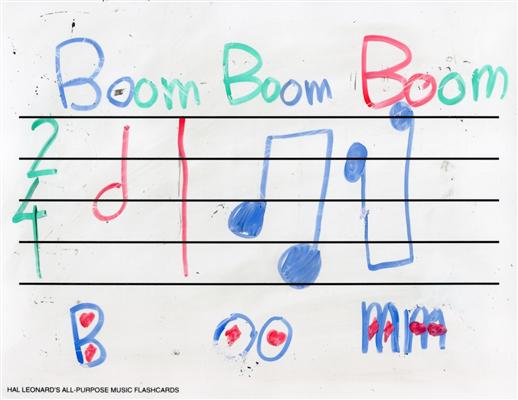In the morning, we worked on the Canon. M was a little fidgety, but we practiced for about 30 minutes and she is doing well with the first 12 of 17 bars. (Note to self: Learn songs backwards! Learn songs backwards! She’s quite rusty on the last 5 bars.) Overall, she did pretty well.
In the evening, we practiced pretty late (7 pm), and I offered her the chance of a 1-minute lesson: If she played the Bach Tanz perfectly one time, we could be done.
She didn’t manage it, and I let her off the hook after about 20 minutes. She actually got worse as we went on, forgetting sections, forgetting to pay attention to her left hand, and forgetting to keep her right thumb glued to the A string. But she was quite cooperative, despite her subpar performance, and it made sense to quit when we did. I’ll have to keep bringing songs back until they become reliable.
It’s not a technical issue; her left hand looks pretty good (though she’s still reaching too far back with her 1 and 2 fingers). It’s purely a question of concentration and developing good attentional habits, such as watching her left hand.
On an unrelated note, we stopped at the library on the way home from school, and she got some Rainbow Fairy-series books. I let her pick them out, and when I came to see what she had, she said, “You’re going to like what I found!” She had found books about the music fairies! I love it when she seeks out music-related stuff to show me. Then she read Poppy the Piano Fairy to me in the car on the way home and while I made her dinner. She stumbled over some words (e.g., “anxious,” “immediately”), but she kept at it.
